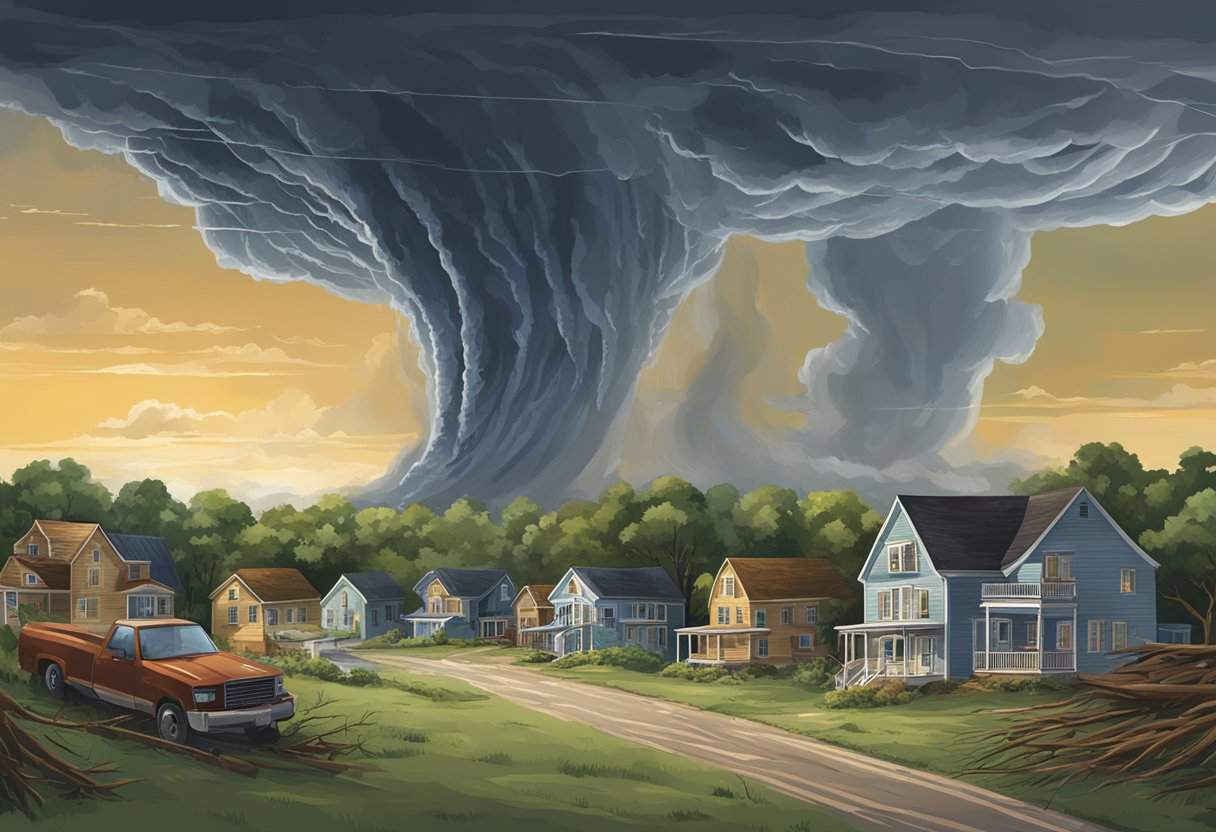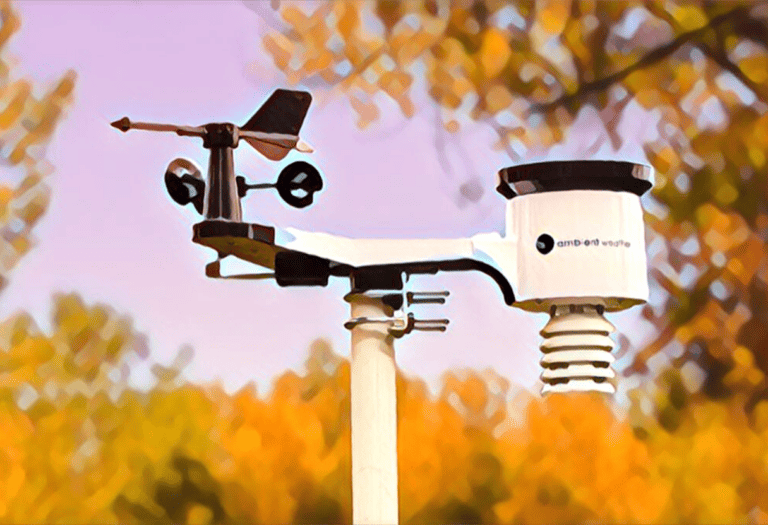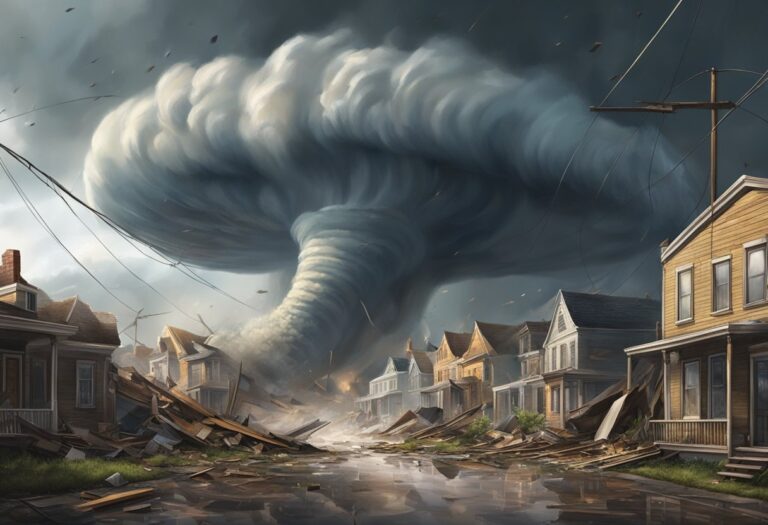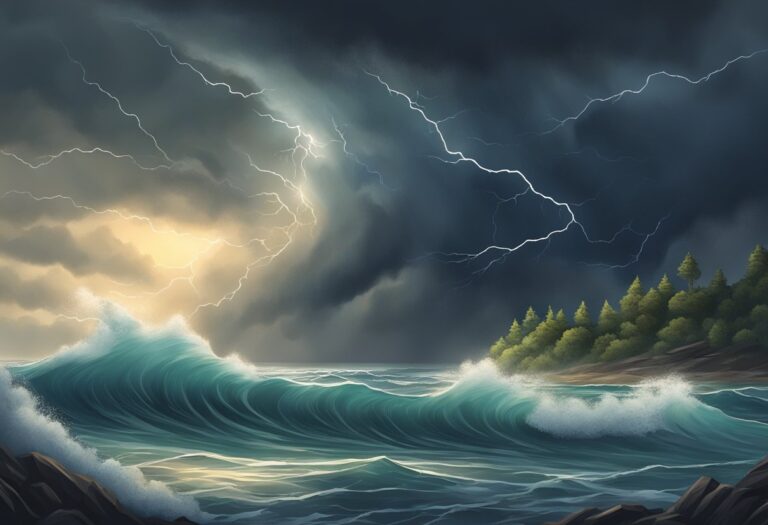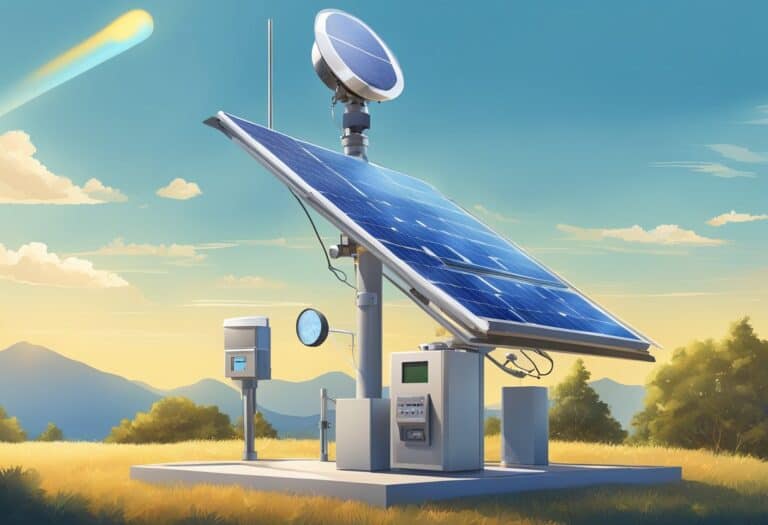When considering the frequency of tornadoes globally, one country stands out for its remarkably high incidence.
The United States leads the world by a significant margin, experiencing the majority of the planet’s reported tornado occurrences annually. This is primarily due to the unique geographic and meteorological conditions found in the central part of the country, often referred to as “Tornado Alley,” where warm, moist air from the Gulf of Mexico meets cool, dry air from the Rockies and Canada, creating the perfect conditions for tornado formation.
Understanding the occurrence and characteristics of tornadoes is vital for safety and preparedness. Countries around the world experience tornadoes, but the intensity and frequency can vary greatly. The scientific community continues to study these powerful events to improve prediction and early warning systems, which are critical to minimizing the impact on human lives and property.
For individuals living in tornado-prone areas, knowledge of safety measures and having a plan in place is key to ensuring personal safety during such events.
The US experiences the most tornadoes annually, primarily due to its geography in Tornado Alley where warm & cool air meet. Tornadoes are also seen in Bangladesh, Canada, India & Argentina. Understanding their formation & intensity through scales like Fujita & EF helps prepare for their impact.
Global Incidence of Tornadoes
When you consider the global distribution of tornadoes, it’s essential to understand that their occurrence varies significantly by region due to a variety of meteorological factors.
Tornado Prone Regions
Tornadoes are not bound by geographic borders; however, certain regions are more prone to tornadoes than others. The United States holds the record for the highest number of tornadoes annually, with the central part of the country known as “Tornado Alley” being especially susceptible. Other regions around the world also experience tornadoes frequently, although not to the extent seen in the United States. Bangladesh and parts of India, for example, witness tornadoes with considerable frequency, often tied to the seasonal monsoon patterns.
Country-Specific Tornado Information
- United States: The leading country in terms of tornado occurrences, reporting over a thousand tornadoes yearly. Most of these tornadoes occur in the Great Plains, the area stretching from Texas to Nebraska.
- Bangladesh: While not as frequent, tornadoes in Bangladesh can be deadly, particularly because of the densely populated regions they often hit.
- Canada: Canada experiences the second most tornadoes after the United States, predominantly in the provinces of Ontario, Alberta, and Manitoba.
- Australia: Tornadoes in Australia are relatively infrequent, but they do typically occur in the southeastern regions.
- India: India’s tornadoes are mainly reported in the eastern part of the country, exacerbated by the pre-monsoon and monsoon seasons.
- Argentina: In South America, Argentina reports the most tornado occurrences, particularly in the central and eastern parts of the country.
For detailed descriptions of tornado activities in varying countries, reviewing documents such as A review of worldwide occurrence of tornadoes and similar scientific literature can offer you extensive insights into regional tornado climatology.
Characteristics of Tornadoes
When you’re looking to understand tornadoes, it’s crucial to consider how they form and the scales used to classify their intensity. This knowledge allows for a deeper comprehension of these powerful weather events.
Formation and Topography
A tornado, also known as a twister, is a rapidly rotating column of air that extends from a thunderstorm to the ground. The process begins when changes in wind direction and an increase in wind speed at different altitudes create a horizontal spinning effect in the lower atmosphere. Rising air within the thunderstorm updraft tilts the rotating air from horizontal to vertical.
Topography can influence where tornadoes are likely to develop. For instance, the central United States, particularly an area known as Tornado Alley, is a hotspot for tornadoes. This is due to the unique flat terrain, which allows cold dry polar air from Canada to meet warm moist tropical air from the Gulf of Mexico, leading to the formation of intense thunderstorms and conducive conditions for tornadoes.
Tornado Classification Scales
Tornadoes are categorized by two principal scales: the Fujita Scale and the Enhanced Fujita Scale. Both scales are used to estimate the intensity of a tornado based on the damage caused.
Fujita Scale (F-Scale):
- F0: Light Damage
- F1: Moderate Damage
- F2: Considerable Damage
- F3: Severe Damage
- F4: Devastating Damage
- F5: Incredible Damage
-
Enhanced Fujita Scale (EF-Scale): An updated version of the original F-Scale, provides more accurate assessments by incorporating more damage indicators and degrees of damage, which allows for better correlations between a tornado’s wind speed and its potential destructiveness.
EF Rating Wind Speeds (mph) Damage EF0 65-85 Light EF1 86-110 Moderate EF2 111-135 Considerable EF3 136-165 Severe EF4 166-200 Devastating EF5 >200 Incredible
Understanding these scales helps you to grasp the potential of a tornado to cause damage, and the Enhanced Fujita Scale, in particular, enables a more nuanced approach to classifying the strength of tornadoes.
Impact and Safety Measures
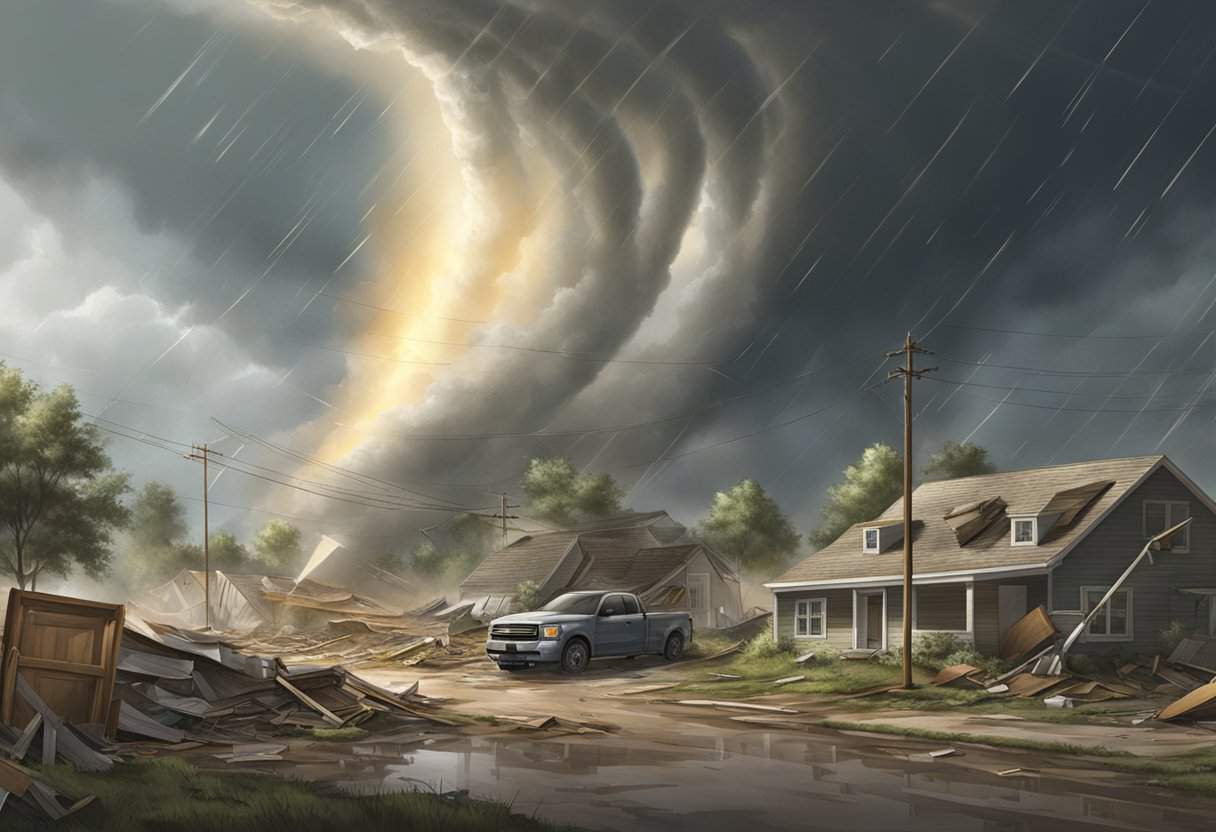
Understanding the impact of tornadoes and the safety measures to mitigate these effects is crucial, especially as you consider the systems in place to provide warnings and reduce the risk of harm.
Historical Tornado Data
Tornadoes can cause extreme damage and lead to loss of life. The deadliest tornado in history, the Tri-State Tornado of 1925, resulted in 695 deaths and demonstrates the potential severity of these natural events. Since historical data accumulation, it’s been found that some regions, particularly the United States, experience a higher frequency of tornadoes. This increased frequency necessitates strong warning systems and community preparedness programs.
Preparedness and Response
Your safety during tornado outbreaks largely depends on effective warning systems, such as siren alerts and Doppler radar, which can track severe weather patterns and provide timely alerts. The significant advancement in Doppler radar technology allows for earlier detection of potentially dangerous systems, contributing to longer lead times before an event. For instance, the Super Outbreak of 2011, one of the most comprehensive tornado outbreaks ever recorded, emphasized the need for such systems as it resulted in widespread damage and death. To prepare yourself, enroll in community drills, build an emergency kit, and stay informed about your local tornado risk and safety actions so that you can respond promptly when warnings are issued.
Scientific Research and Record Events
When considering the global occurrence of tornadoes, the studies and records become crucial to understanding which country experiences the most. They provide insights not just into the frequency but also the intensity of these events.
Significant Tornado Studies
In your quest to grasp the tornado phenomena, you ought to know about ground-breaking research that has shaped our comprehension of these violent weather events. One such study titled A review of worldwide occurrence of tornadoes offers extensive data on tornado occurrences globally. The United States is often considered the country with the most tornadoes, where records are meticulously maintained, yet many smaller-scale tornadoes, classified as F0, often remain unreported contributing to discrepancies in global data.
Notable Tornado Outbreaks
Your awareness of tornado outbreaks must include the most extraordinary episodes. The Tri-State Tornado of 1925 remains one of the deadliest, cutting through parts of Missouri, Illinois, and Indiana. Another significant event, the Super Outbreak of 1974, is one of the largest recorded tornado outbreaks in history, affecting multiple states and underscored the vulnerability of areas outside the traditional “Tornado Alley.”
Here’s a brief list providing details of other landmark tornado events:
- Elie, Manitoba, 2007: Canada’s strongest recorded tornado with F5 intensity.
- Moore, Oklahoma, 2013: A part of the region notoriously known as Tornado Alley, it suffered immense destruction from an EF5 tornado.
- Andover, Kansas, 1991: This city experienced an F5 tornado, highlighting the severity of tornadoes that can occur in the central United States.
These events have led to advancements in warning systems and increased preparedness, and are often referenced in severe weather research.
Frequently Asked Questions
In understanding global tornado activity, it’s crucial to know where and how often they occur. These frequently asked questions illuminate the regions most affected by tornadoes.
Which country leads the world in number of tornado occurrences?
The United States has the highest number of tornado occurrences in the world, with an annual average surpassing that of any other country.
What region of the United States is most prone to tornado activity?
The region known as “Tornado Alley” in the central United States is most prone to tornado activity, particularly in states like Texas, Oklahoma, Kansas, and Nebraska.
Which European country experiences the highest frequency of tornadoes?
The United Kingdom reports the highest frequency of tornadoes in Europe, although they are generally smaller and less severe compared to those in the United States.
Why is the United States at the top when it comes to tornado frequencies?
The United States leads in tornado frequencies due to its unique geography which presents ideal conditions for the formation of severe thunderstorms and tornadoes, particularly in the Great Plains region.
How are countries ranked based on their tornado counts?
Countries are ranked based on their tornado counts by recording the number of confirmed tornadoes per year, typically through national weather service databases and storm tracking statistics.
What is considered the tornado capital on a global scale?
While not officially designated, Oklahoma City in the United States is often considered the tornado capital on a global scale due to its high frequency of powerful and destructive tornadoes.

